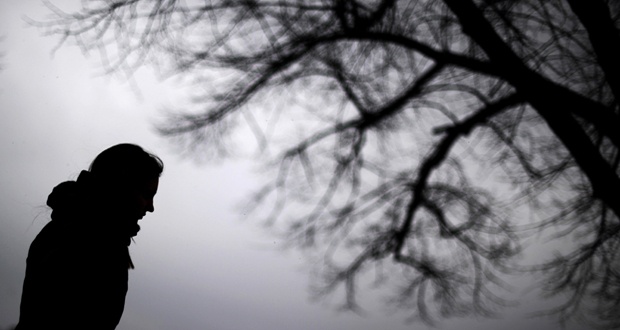How to Survive the Winter Blues and SAD
We have entered the phase of winter when we have to endure the gloomy, cold days without the distraction of the busyness and anticipation of the holidays. It is these remaining months of the season that typically prove the most difficult for those dealing with the winter blues. In the depths of winter, the blustery cold days and dark evenings can make maintaining normal routines an inconvenience and make isolating at home on the couch an easier and more appealing alternative. But this can lead to a mental health slump known as the winter blues or in more severe cases Seasonal Affective Disorder (SAD). Whether mild or severe, there are actions that can be taken to mitigate the effects of the season. And this year, with most people having experienced increased isolation and stress for months on end, taking steps to combat the winter blues may be even more crucial.
Are you feeling blue?
The winter blues are characterized by a lack of energy and motivation, moodiness, the urge to sleep more, cravings for comfort foods high in carbohydrates, and feeling less social than usual. When these symptoms become more severe than it may be more than the winter blues. SAD is a serious condition and is a form of depression. Symptoms of SAD are similar to the winter blues but also include feeling depressed most of the day every day, losing interest in activities, feeling hopeless, and may lead to thoughts of suicide. If you are experiencing SAD, then you should seek help from a mental health professional to receive proper treatment which may include cognitive behavioral therapy, light therapy, or medication. However, there are methods of coping with the winter blues that can help us beat the slump and make the most of the winter months.
In order to overcome the winter blues, it is beneficial to identify the biggest culprits that affect mental health. The reduction of sunlight in the afternoon and evening can wreak havoc on our internal clocks and cause a decrease in serotonin, a neurotransmitter that affects mood. Some of us may even drive to work when the sun is rising and leave for the day after the sun has set. Both the shortened days and the cold weather can keep people inside, sedentary, and feeling lethargic. Overcome these obstacles by coming up with a plan on how you can fit sunlight and physical activity in your schedule. It might mean drinking your morning coffee in front of a sunny window or taking work breaks by a window. If you work from home, you may be able to set up your workspace in a sunny area. Incorporate exercise into your routine. Practice yoga at home or try some fun and free workouts on YouTube. Regardless of the method, the important aspect is incorporating it into your schedule on a consistent basis so that it becomes a habit.
But baby, it’s cold outside?
One of the best actions to take in the winter is simply to get outside. The cold weather should not be a reason to hide out inside. Bundle up appropriately to stay warm and head outside when possible. This could be early in the morning or on a lunch break or spending time outside immediately when you are done working. Taking a walk during a lunch break or if you have children, play outside with them regularly. This will provide the mood boosting benefits of sunshine, exercise, and being outdoors. All of which are frequently lacking in the winter months. Spending time outside also makes coming back inside feel even more warm, comforting, and cozy.
Embracing this time of year is also important to maintaining a positive mindset. Many dislike the winter months and just thinking of winter can conjure up images of scraping snow off cars, driving on icy roads, and shivering in the harsh wind on a short walk from the car to the protection of a building. But these negative perceptions only add to the discomfort of the season. Instead, anticipate the beauty of snowfall or relish the sensation of warming up by a fire after time spent outside. Focusing on the possibilities of the season can help us to appreciate the joys that arise from this time of year.
Valeo Behavioral Health Care
785-233-1730
Crisis Services
400 SW Oakley
Topeka, KS 66606
24 Hour Crisis Line
785-234-3300
National Suicide Prevention Life Line
1-800-273-8255
Shawnee County Suicide Prevention Coalition
SCSPC.org
Family Service and Guidance Center (18 and under)
325 SW Frazier
Topeka, KS 66606
24 Hour Crisis Number
785-232-5005
Healing after Loss to Suicide Group (HeALS)
Sandy Reams – Group Facilitator
Topeka.Heals@gmail.com
785-249-3792
Go here to visit the Topeka Health and Wellness Facebook page for local event notices, news and local announcements. To help us spread the word, and to continue seeing our posts on your Facebook feed, “Like” the page and then like or share a story now and then, so that they will keep showing up in your feed.





